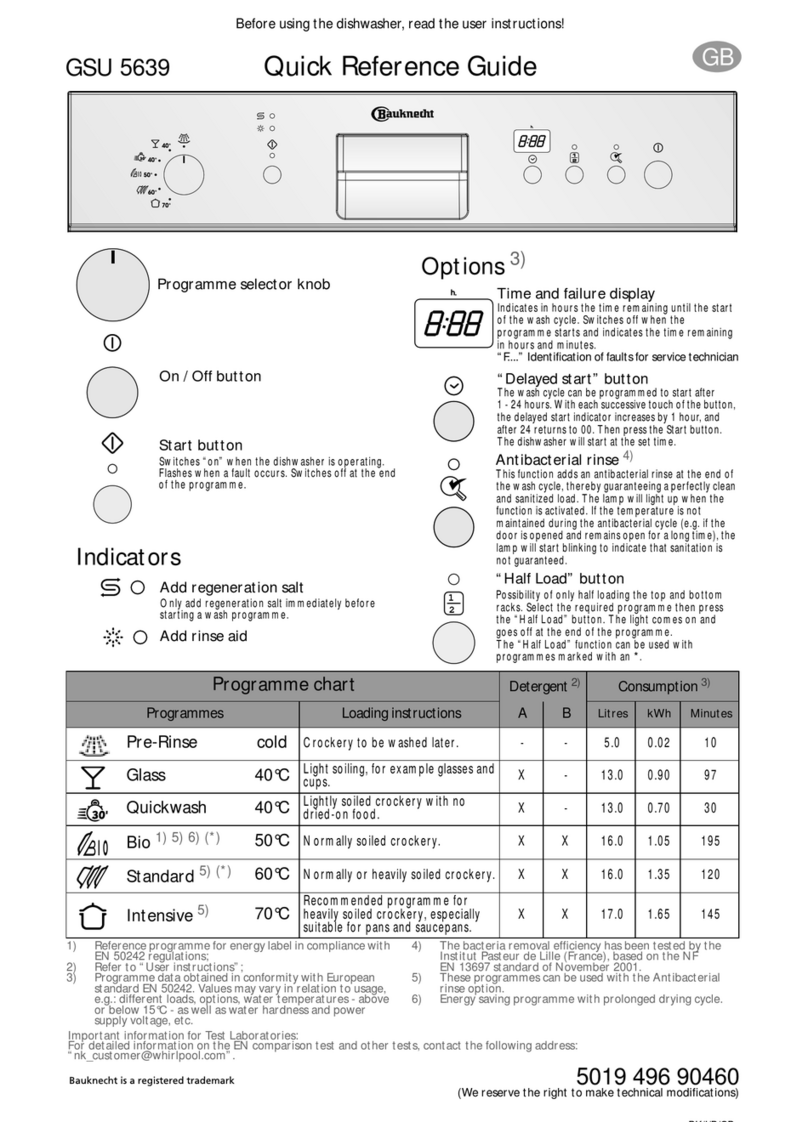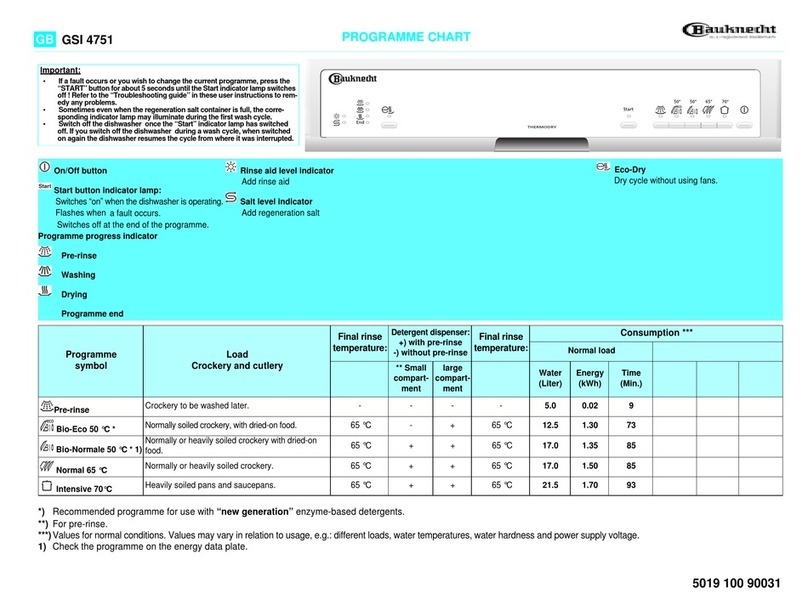Bauknecht GSF 3042 User manual
Other Bauknecht Dishwasher manuals

Bauknecht
Bauknecht GSIP 6527 User manual
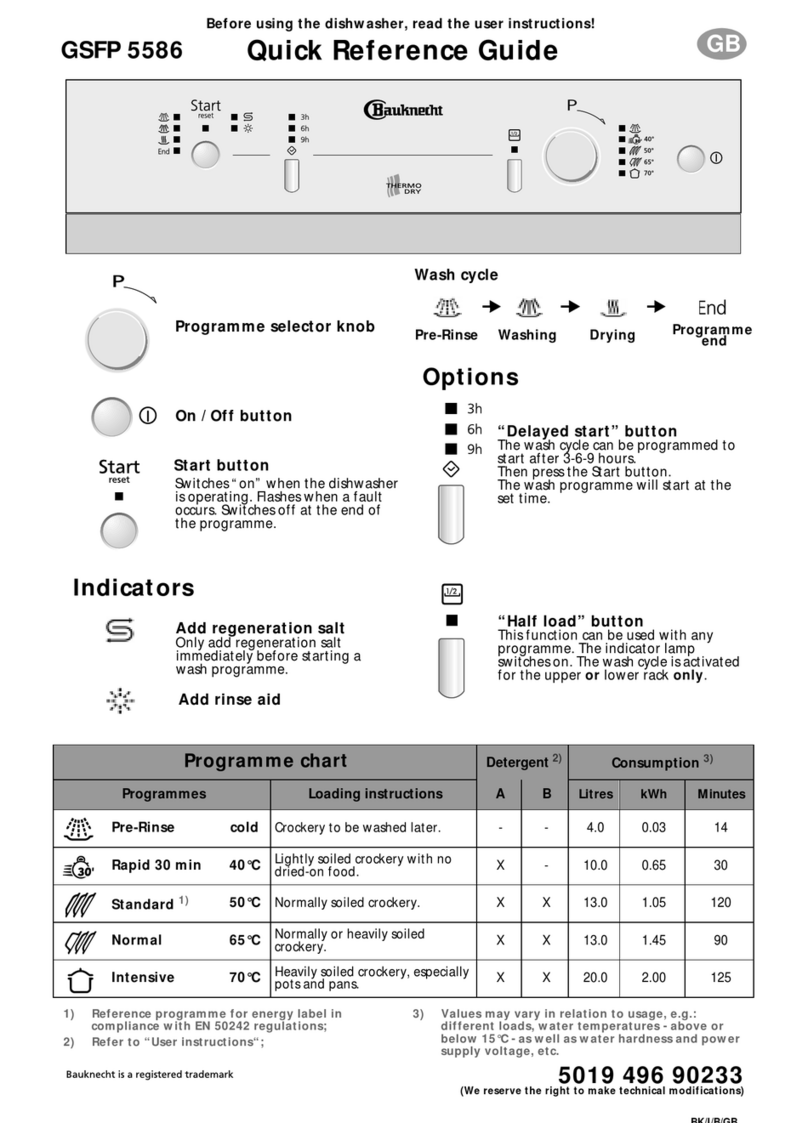
Bauknecht
Bauknecht GSFP 5586 User manual
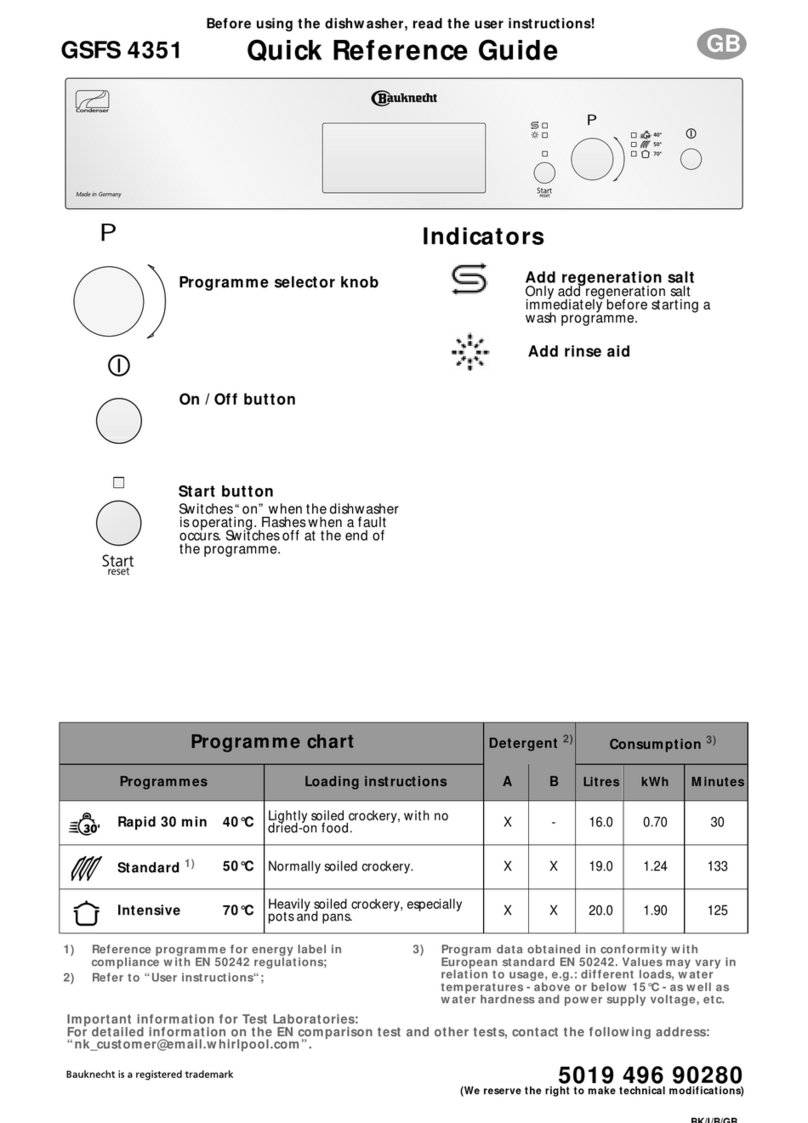
Bauknecht
Bauknecht GSFS 4351 User manual
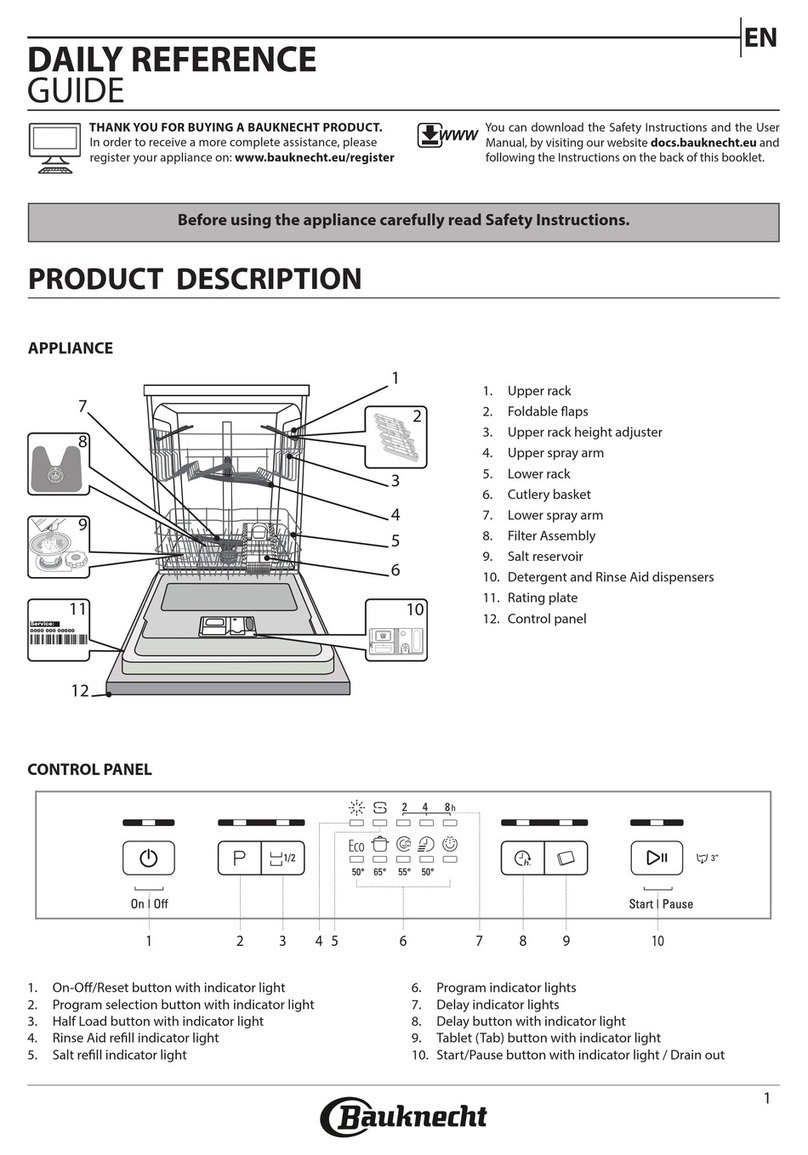
Bauknecht
Bauknecht BRBE 2B19 X Installation and operation manual
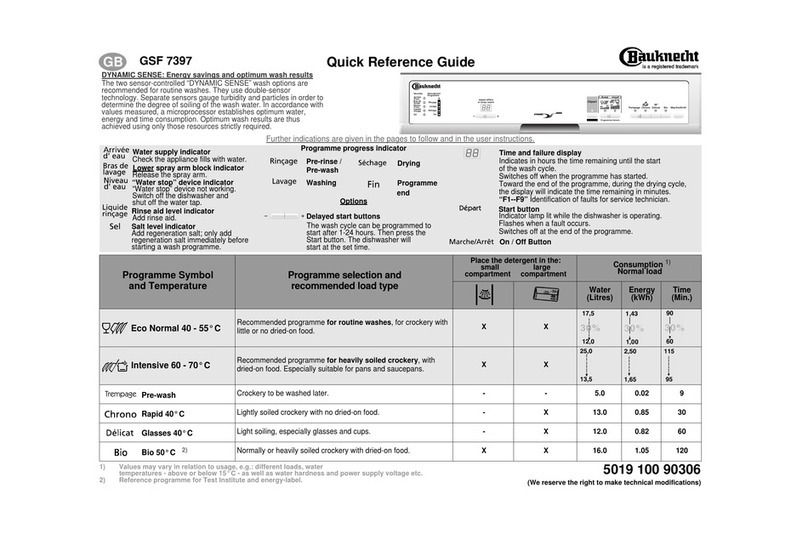
Bauknecht
Bauknecht GSF 7397 User manual
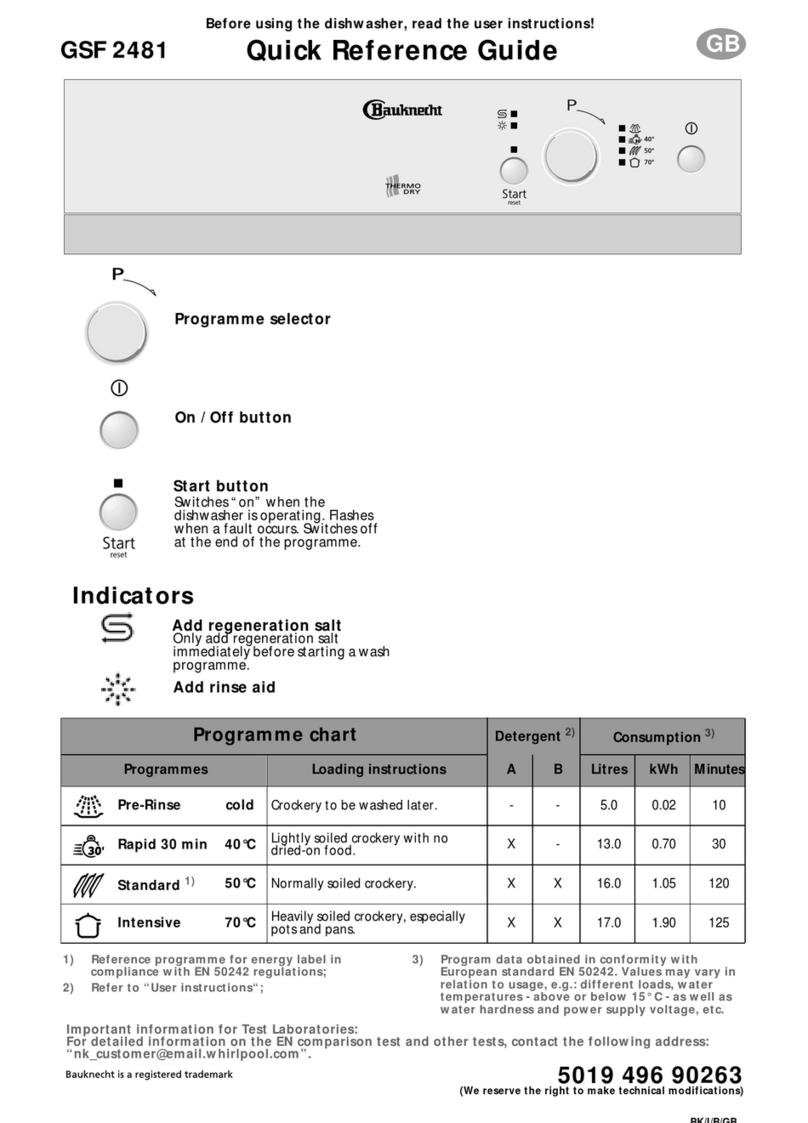
Bauknecht
Bauknecht GSF 2481 User manual

Bauknecht
Bauknecht GMI61102IN User manual

Bauknecht
Bauknecht GCF 625 User manual
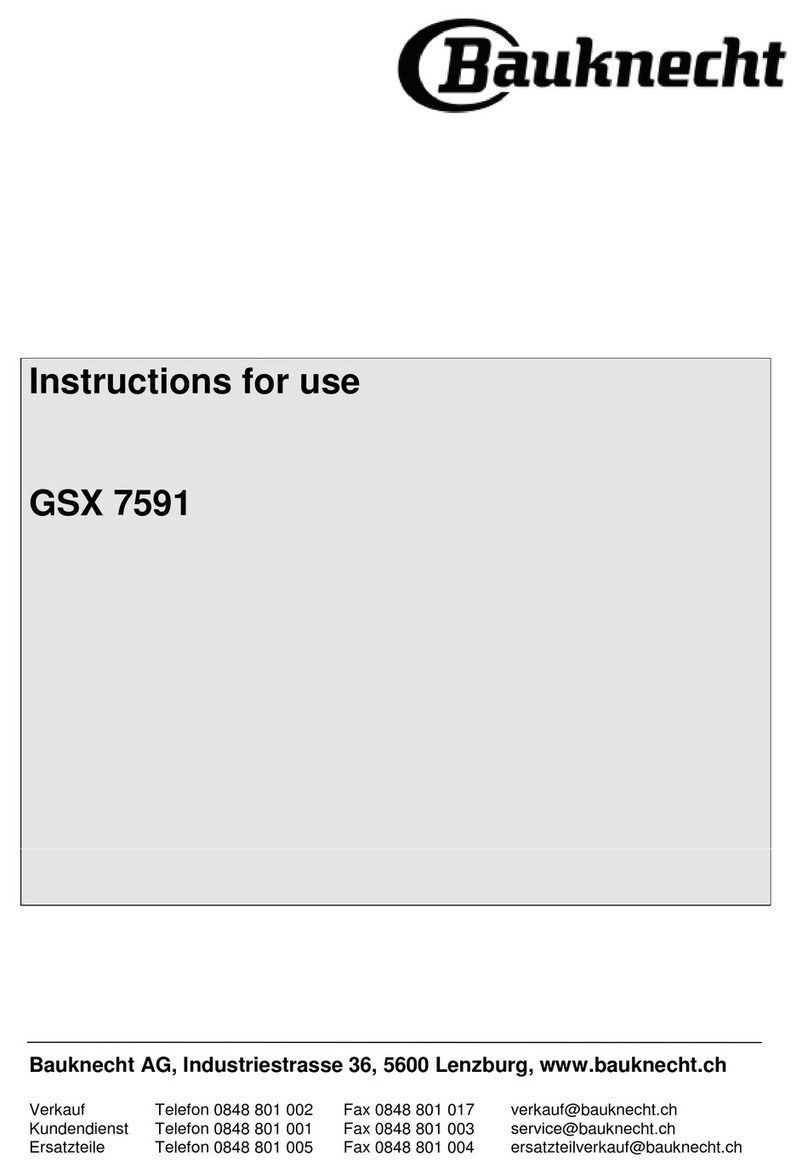
Bauknecht
Bauknecht GSX 7591 User manual

Bauknecht
Bauknecht GSF 1988 User manual
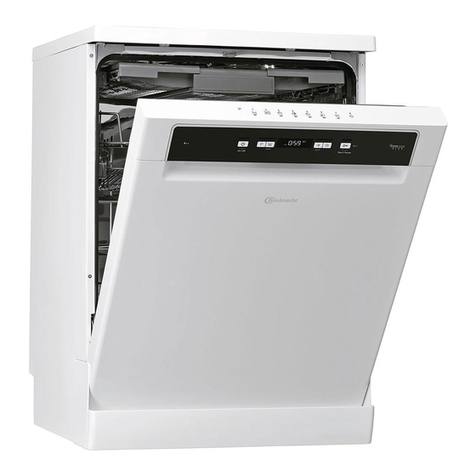
Bauknecht
Bauknecht BFC 3C26 PF A User manual
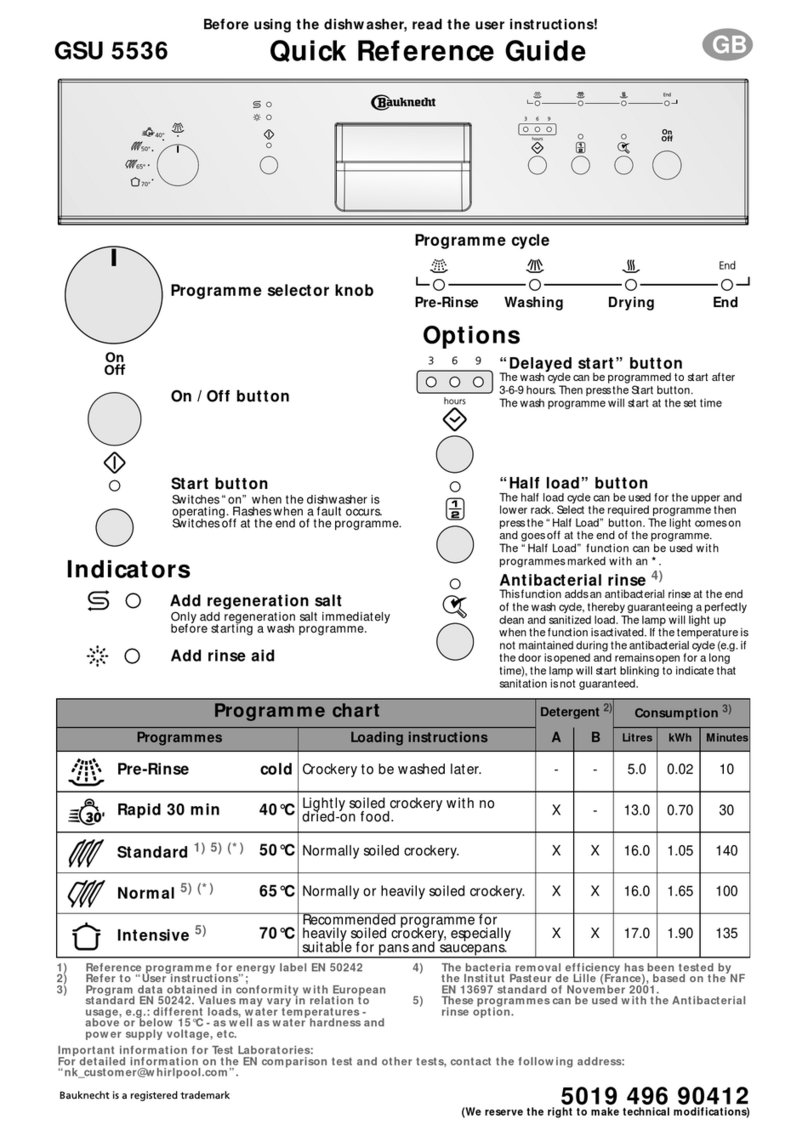
Bauknecht
Bauknecht GSU 5536 User manual

Bauknecht
Bauknecht GSX 7998 User manual
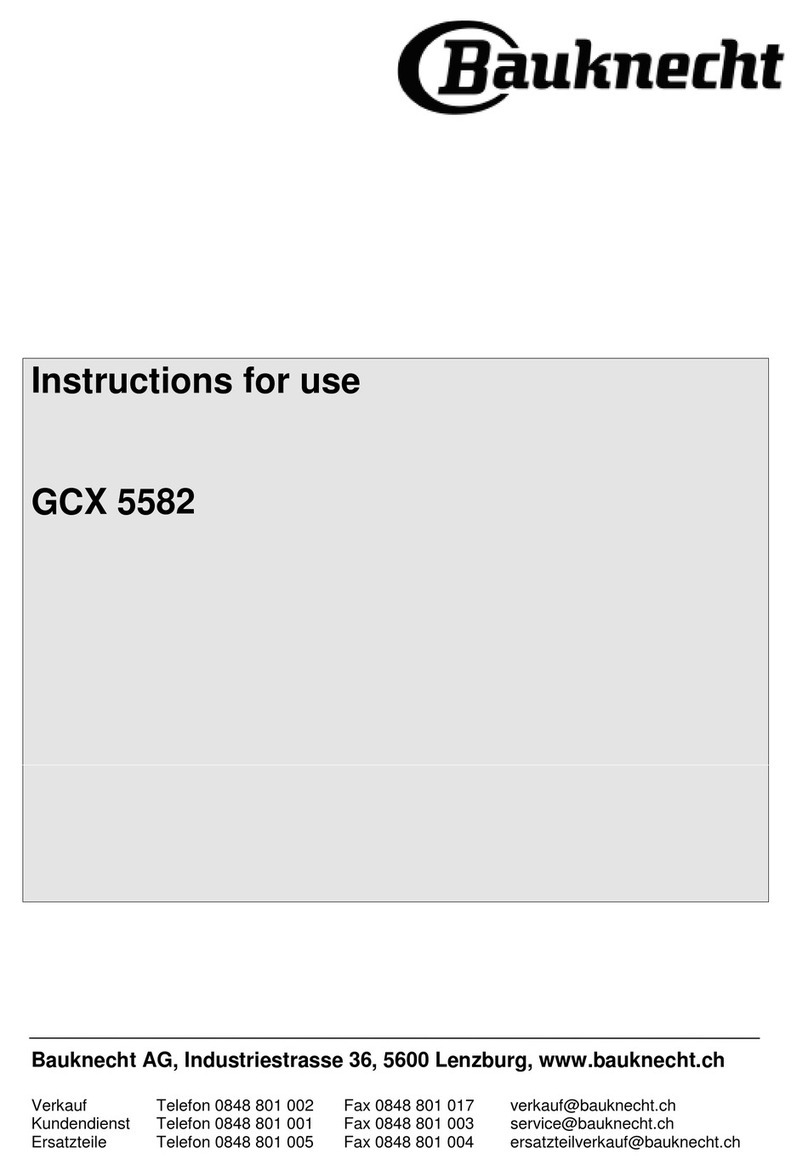
Bauknecht
Bauknecht GCX 5582 User manual

Bauknecht
Bauknecht GSF 4062 User manual
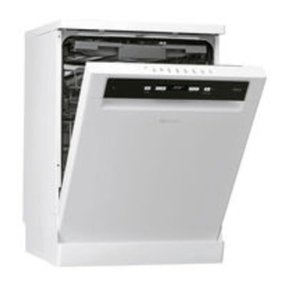
Bauknecht
Bauknecht GCI 826 User manual

Bauknecht
Bauknecht B7I HF60 TUSC CH Installation and operation manual

Bauknecht
Bauknecht GSIH 6497 User manual
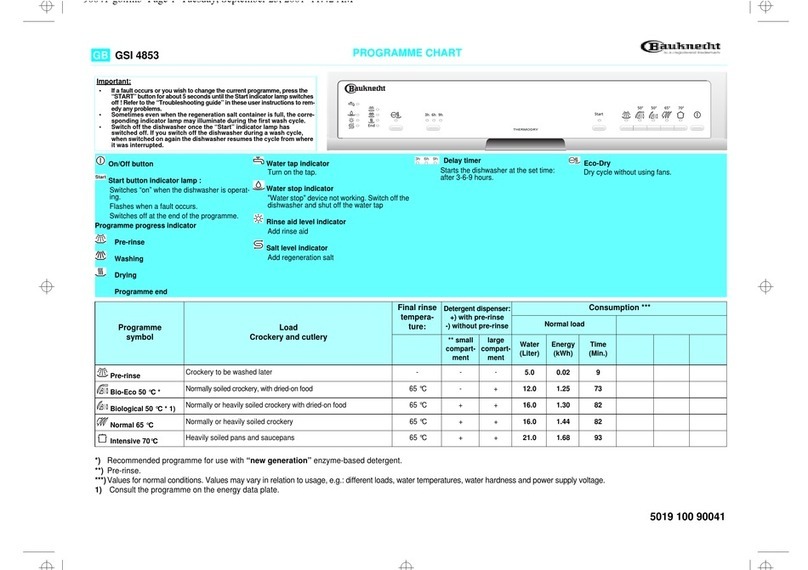
Bauknecht
Bauknecht GSI 4853 User manual
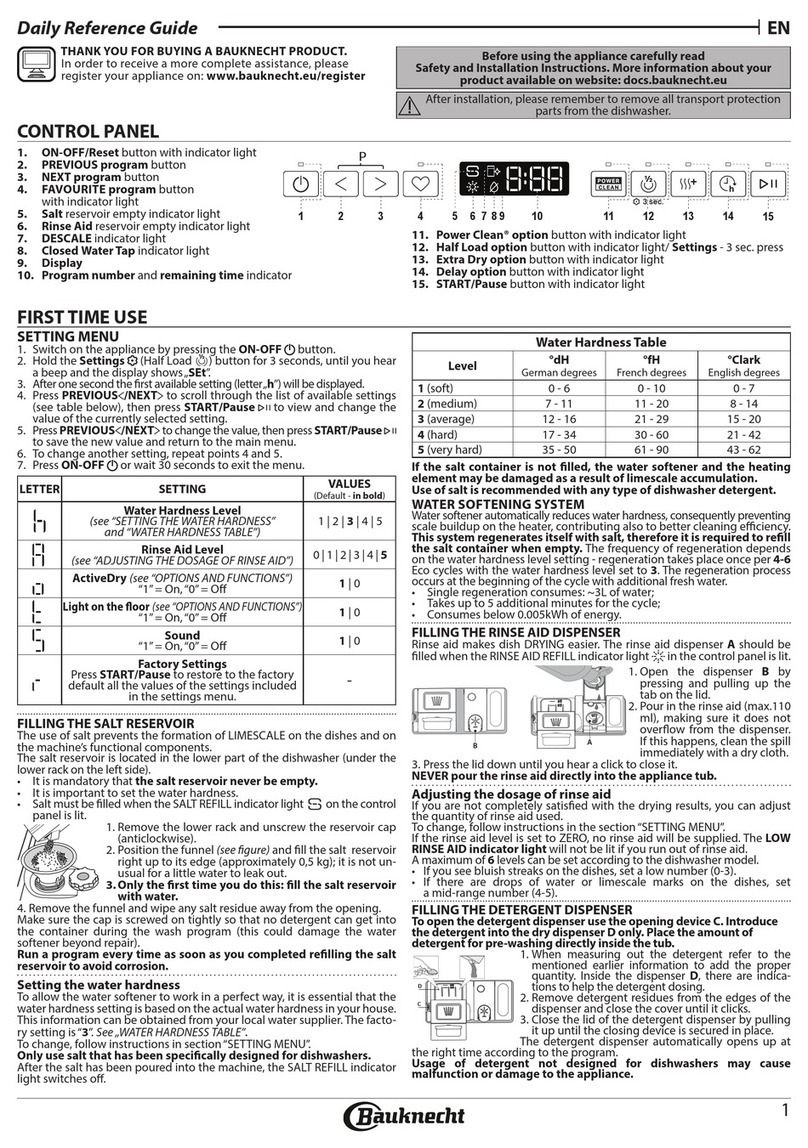
Bauknecht
Bauknecht B8I HP42 LC Installation and operation manual
